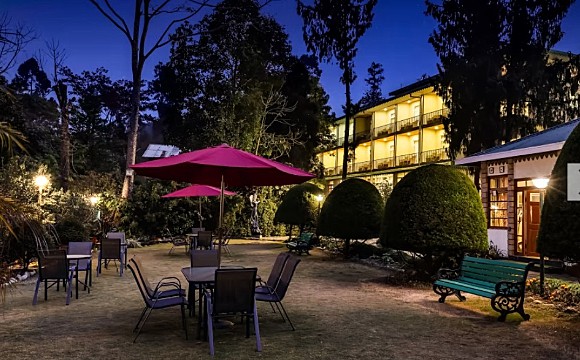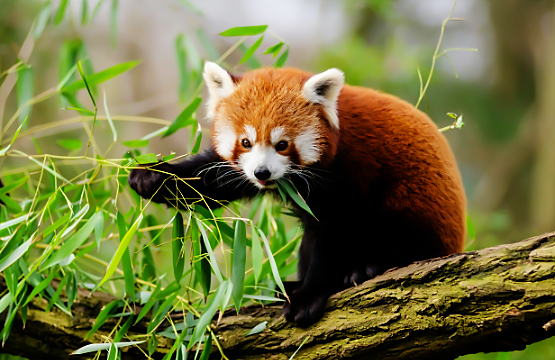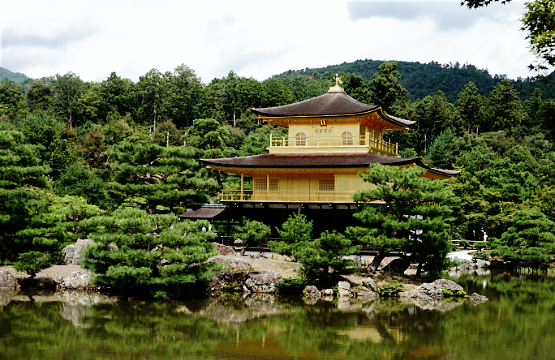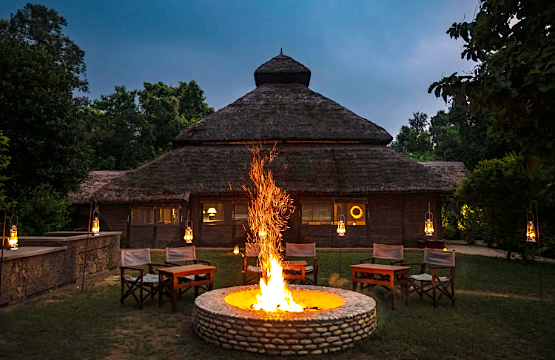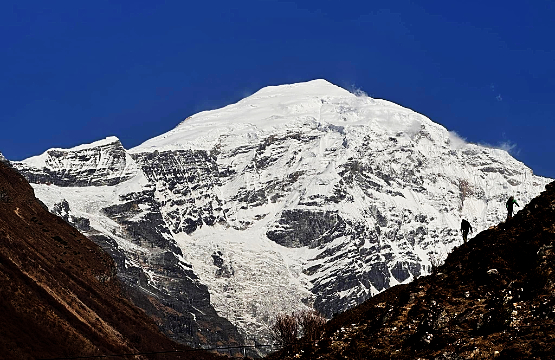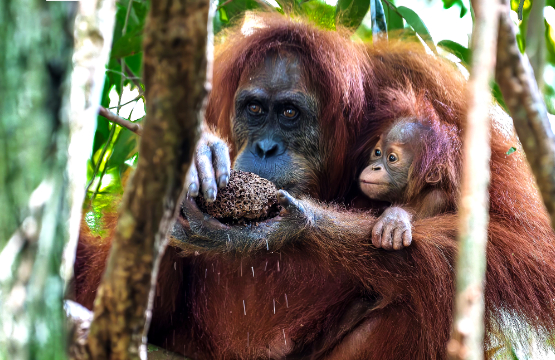Sikkim Kanchenjunga Panorama Trek
The Sikkim Kanchenjunga Panorama Trek offers an unforgettable journey into the untouched wilderness and cultural richness of Northeast India. Towering at 8,586 meters, Mount Kanchenjunga, the world’s third-highest peak, stands majestically on the border of Nepal and the Indian state of Sikkim. This trek leads you through the awe-inspiring Himalayan... More
The Sikkim Kanchenjunga Panorama Trek offers an unforgettable journey into the untouched wilderness and cultural richness of Northeast India. Towering at 8,586 meters, Mount Kanchenjunga, the world’s third-highest peak, stands majestically on the border of Nepal and the Indian state of Sikkim. This trek leads you through the awe-inspiring Himalayan biosphere, home to rare species, spiritual legends, and breathtaking landscapes.
First summited in 1955 by British climbers Joe Brown and George Band, Kanchenjunga remains one of the holiest mountains in the world. Worshipped by the people of Sikkim, its summit is respectfully left untouched. The surrounding areas—including the Kanchenjunga Biosphere Reserve, Barsey Rhododendron Sanctuary, and Singalila National Park—harbor some of India’s richest flora and fauna.
The Kanchenjunga trail winds through dense rhododendron forests, alpine pastures, and high-altitude valleys. You may spot endangered species like the elusive Red Panda or the Snow Leopard, along with exotic orchids, magnolias, and oaks. This ecosystem is a living museum of biodiversity.
On this offbeat trek, you’ll pass through tribal villages home to Lepchas, Bhutias, and Nepali settlers, offering a glimpse into a way of life that remains beautifully unchanged. Their spiritual practices, architecture, and warmth add immense cultural depth to the experience.
Despite its grandeur, the Sikkim Kanchenjunga Panorama Trek remains uncrowded and offers a more intimate connection with nature. You’ll witness stunning Himalayan sunrises, sacred mountain views, and explore rich Himalayan valleys with optional day hikes (3–5 hours) suitable for trekkers in moderate physical condition.
Giving back to the communities is our responsibility!
With every trip, you also support the SWAN and thus projects for Sustainable Community development and Biodiversity protection.
Our primary NGO partner is Social Welfare Association of Nepal (SWAN), with whom we have carried out multiple CSR (Corporate Social Responsibility) projects. Besides carrying out regular CSR activities in the areas of education and women empowerment, we have supported relief and rehabilitation initiatives in the aftermath of several natural disasters like earthquake, immediate response to COVID-19 pandemic across Nepal.
Giving something back to the world is a special and responsible affair of travel-to-nature Asia right from its inception. When you travel with travel-to-nature Asia and SWAN-Nepal, you become an integral force for change in addressing the most pressing social and wildlife conservation issues. Your tourism funds help transform the future of under-privileged and marginalized communities and transform the future of at-risk natural places you travel. Portion of our profit flows to local communities who live with and steward nature, creating jobs and improving livelihoods.
By joining one of our holidays you are playing a vital role in bringing positive changes in the lives of local community.



















